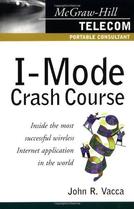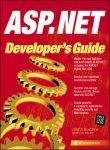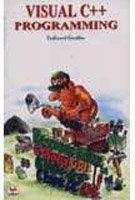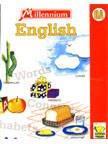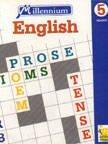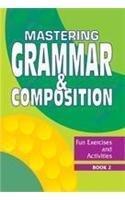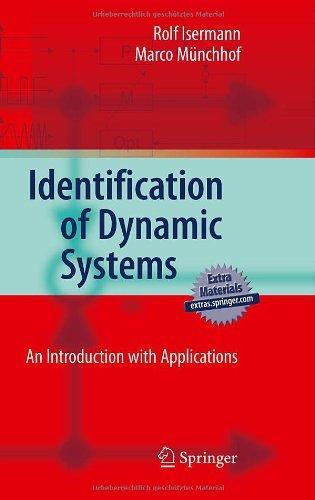 4.0%OFF
4.0%OFF

Download App
| >> | LShop | >> | Book | >> | Computing & Informat... | >> | Computer Science | >> | Identification Of Dy... |
 4.0%OFF
4.0%OFF
Identification of Dynamic Systems: An Introduction with Applications (Advanced Textbooks in Control)
-
ISBN
:
9783540788782
-
Publisher
:
Springer
-
Subject
:
Computer Science, Technology, Engineering, Agriculture, Education
-
Binding
:
HARDCOVER
-
Pages
:
730
-
Year
:
2010
₹
10235.0
 4.0% OFF
4.0% OFF
₹
9825.0
Buy Now
Shipping charges are applicable for books below Rs. 101.0
View Details(Imported Edition) Estimated Shipping Time : 25-28 Business Days
View Details-
Description
Precise dynamic models of processes are required for many applications, ranging from control engineering to the natural sciences and economics. Frequently, such precise models cannot be derived using theoretical considerations alone. Therefore, they must be determined experimentally. This book treats the determination of dynamic models based on measurements taken at the process, which is known as system identification or process identification. Both offline and online methods are presented, i.e. methods that post-process the measured data as well as methods that provide models during the measurement. The book is theory-oriented and application-oriented and most methods covered have been used successfully in practical applications for many different processes. Illustrative examples in this book with real measured data range from hydraulic and electric actuators up to combustion engines. Real experimental data is also provided on the Springer webpage, allowing readers to gather their first experience with the methods presented in this book. Among others, the book covers the following subjects: determination of the non-parametric frequency response, (fast) Fourier transform, correlation analysis, parameter estimation with a focus on the method of Least Squares and modifications, identification of time-variant processes, identification in closed-loop, identification of continuous time processes, and subspace methods. Some methods for nonlinear system identification are also considered, such as the Extended Kalman filter and neural networks. The different methods are compared by using a real three-mass oscillator process, a model of a drive train. For many identification methods, hints for the practical implementation and application are provided. The book is intended to meet the needs of students and practicing engineers working in research and development, design and manufacturing.
Related Items
-
of












 9825.0
9825.0





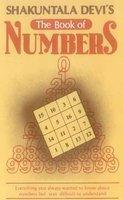
 135.0
135.0


